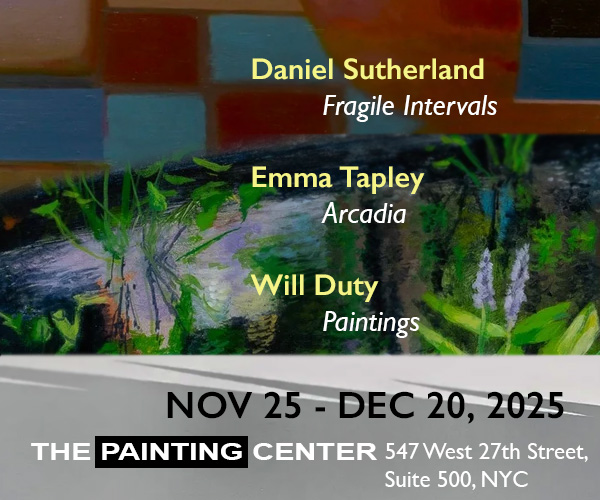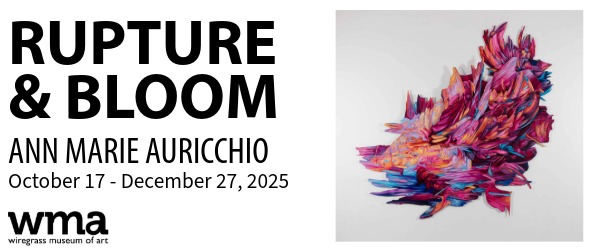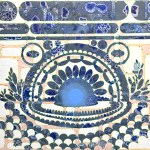
Contributed by Jonathan Stevenson / For a while it looked as though William Powhida might be painting himself into an existential corner. His mission was to sensitize his audience to the hypocritical churn of the art market — to the reality that what made producing something putatively nobler and loftier than money viable was in fact precisely that, and that much of it was of dubious provenance. If that were the case, how could he avoid the Kurt Cobain syndrome? How could he maintain his artistic purity and defiance without refusing the very lucre he condemned and committing at least commercial suicide? Artsy‘s Nate Freeman highlighted this dilemma by noting that a major collector, Dakis Joannou, had bought a piece of Powhida’s that impugned Joannou himself. Powhida acknowledged the quandary, finessing it by publicly vowing to refrain from selling work to any of the people or organizations that he depicts. With that, Cobain has stopped knocking on Powhida’s door. More broadly, the truth may have set Powhida free. In his new exhibition “Complicities” at Postmasters, he demonstrates with command authority that facts in themselves, carefully marshaled and artfully arranged, justify their presentation and vindicate their presenter. And casting real facts as components of art is no small insight in a truth-challenged world.


On large panels visually anchored by meticulously composed icons and markers of corruption, Powhida exposes the tendrils of overwhelmingly white, male political manipulators like the Koch brothers, defense conglomerates like Textron, and other entrenched and opaque organizations that infiltrate and co-opt the art world with money and influence. He supplies descriptions of the players and explanations of the connections that form nefarious public and private partnerships in declarative block printing, lending graphic gravitas to vital information. The overall effect is at once mesmerizing and agitating: the flow of the arrows compels the eye to follow them, while the self-evident intensity of Powhida’s intellectual and artistic labors exacts the debt of attentiveness.


Alongside these large watercolor-and-gouache paintings are smaller watercolors that function as infectious memes, incorporating comic-book-esque horror and sci-fi melodrama: the caption “When you find out how your collector makes money” accompanies the image of a female artist shuddering in anguish as a pale, smirking man looks on from cavernous darkness. These insouciantly knowing little drawings are skillfully crafted to appear offhand, like sardonic wisecracks, but actually are finely calibrated with Powhida’s larger themes. They obliquely recall Roy Lichtenstein’s work from the 1960s and 1970s, but, unlike that work, feature subdued colors.
Powhida has obvious forebears — most notably Hans Haacke as a purveyor of institutional critique, and Mark Lombardi as a broader social critic partial to combining text and image in mapping and diagramming the covert sins of the great and the good. Like Powhida, they made assiduous research part of their art practices. What Powhida has that they didn’t have is a fully developed internet, and it seems to have turbocharged his efforts. Yet during the Obama administration, when the country seemed to be going in a salutary direction, Powhida’s scolding, while always as precision-guided as it was pugnacious, could feel sourly gratuitous. Artists like Jennifer Dalton, with whom he has collaborated, were likewise illuminating infuriating social and cultural ironies, but with a somewhat lighter touch. Then, when Donald Trump was elected president, the American polity screeched to a halt and shifted into reverse. Trump introduced political and cultural retrogression and personal corruption and self-dealing on a flagrant, wholesale level. This did call for the kind of minatory response that Powhida had cultivated.


Now the artist looks like a visionary; the times have caught up with his tone and vantage. His graphic analyses are like Mother Jones with pictures, their content reaching well beyond the art world. Trumpism has made Powhida’s “capitalist realism” urgent rather than decorative, his administration of what Xaviera Simmons calls “cultural autopsy” curative as well as analytic. In the current political climate, with arguably the most crucial American presidential election since 1860 looming, he has pushed the envelope of the art world and emerged as a precociously creative, clear-eyed, and persuasive oracle of resistance. He is right on time. At a moment when listless despair would be the easy default, Powhida insists on passionate rigor.
“William Powhida: Complicities,” Postmasters, 54 Franklin Street, New York, NY. Through October 12, 2019.
Related posts:
In his own words: William Powhida’s paradox
Don’t kill Bill: Powhida at Charlie James in LA
NY Times Art in Review: Powhida, Katz, Minter























Excellent piece. Thank you!